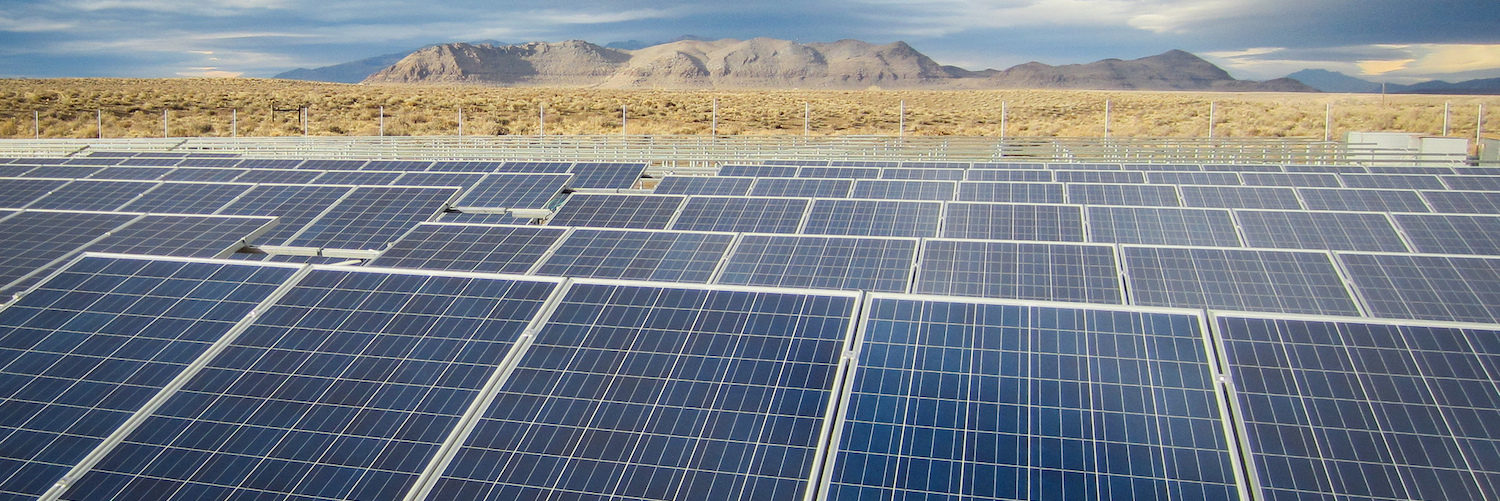Electric utilities aren’t moving as fast as we need them to in phasing out fossil fuel use. Even when almost nine out of ten Americans say that renewable energy is important to America’s energy future, utilities are building and expanding plants to burn more fossil fuels. Why don’t they listen?
Turns out, they don’t entirely need to. Utility companies are traditionally natural monopolies in the communities they serve, so they’re not afraid of losing customers. Plus, private utilities have a lot of money — which means enormous amounts of lobbying power to fight for the status quo (read: fossil fuels). Case in point: in 2014, Exelon, a company with 7.8 million electricity and gas customers, paid $2.4 million to the Edison Electric Institute, an industry group that lobbies against solar infrastructure and consumer energy choice.
There is an alternative, however. Public utilities — owned by cities — are much more responsive to the communities they serve. Through municipal utilities, cities can ramp up renewable energy projects at a pace that aligns with their climate goals. Plus, municipal utilities feed their profits back into infrastructure maintenance and climate resiliency projects — instead of into the pockets of corporate executives and shareholders. Public control allows for more just decisionmaking over energy — the same energy that powers a community’s homes, schools, and hospitals.
So, how can we turn the trend toward de-privatization of our energy systems? How can we reclaim — and clean up — our power?
Here are two promising paths forward.
- Municipal utilities. Supported by citizens looking for localized control, cities are buying back their utilities from private companies. Just over a year ago, the city council of Boulder, Colorado voted to create a municipal utility. The people see this as the way to bring more renewable energy into the mix and help the city reach its climate goals. Taking back control of the city’s electrical system is a complicated process — but Boulder citizens are in for the long haul.
- Community operated renewable projects. Not everyone has the house or capital required to put solar panels on their roofs. And not everyone is serviced by a utility connected to a renewable energy plant, which lets them opt to use clean energy to power their homes. Turns out, there’s something in the middle of homegrown and utility-scale renewable energy: community operated solar gardens. Community solar happens when groups raise money to build a solar array in a vacant lot, or on a municipal building. In Alberta, Canada — yes, the same Alberta that is home to Canada’s carbon bomb of oil sands — the First Nation Lubicon Lake Band is breaking ground on a solar array that will power a community health center, with excess energy going back into the grid.
The traditional utility model, where sprawling utility companies insist that fossil fuel expansion is necessary and benign, isn’t satisfying populations with a growing concern about where their energy comes from. Communities are getting more and more creative with how they envision powering their homes and businesses. The urgency of climate change means we can’t wait for these companies to slowly come around to the logic of renewable energy. It’s time for private, profit-seeking utilities to relinquish their power to more democratic institutions.
This month at RAN we’re asking how the systems we encounter every day — food, energy, water, and labor — can be reimagined to #ChangeTheCourse toward a just and climate-stable future. Join the conversation at ChangeTheCourse.org!
